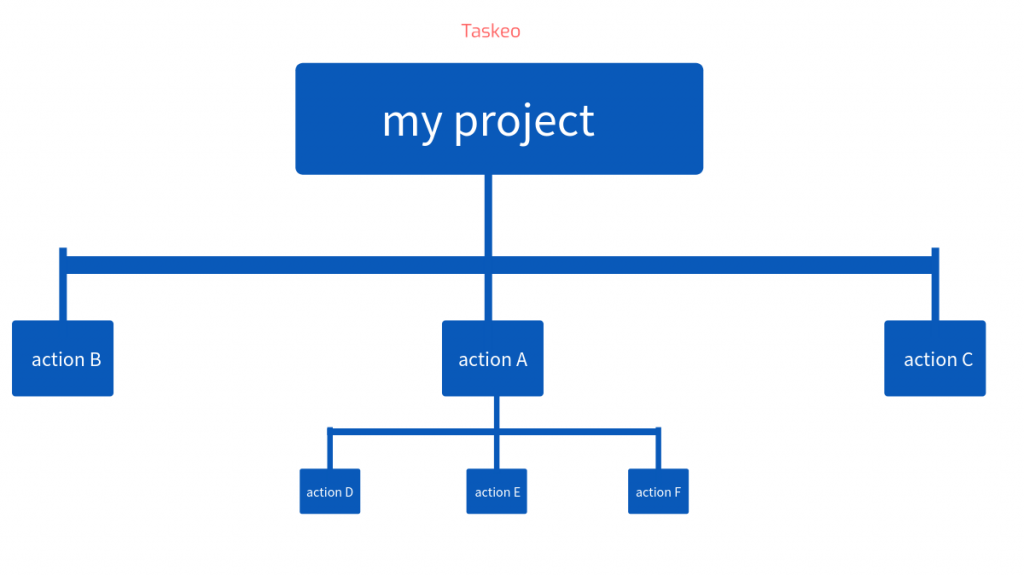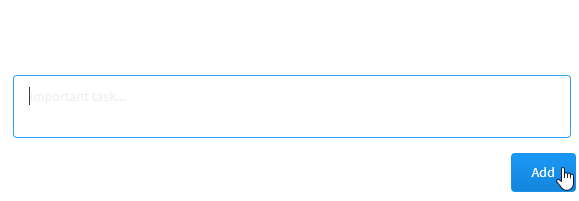Looking for some tips for managing tight deadlines? A simple online search will throw at you hundreds of resources. But from our experience, most people do manage to meet their deadlines. So could your whole research be for nothing?
Well, not really. But here’s the thing.
Usually, the issue isn’t that we consistently fail to meet deadlines. We know the consequences of not delivering on time so for the most part, we indeed deliver.
It’s how we do it is our problem. Managing tight deadlines costs us a lot. We live in a rush, work overtime and sweat our way through the whole process.
According to Better Health, two of the main causes of stress at work are tight deadlines and heavy workload.
Is this how it’s supposed to be?
Let’s talk about consequences
You might think that this is what it takes to manage tight deadlines. We just get “a little” stressed and we need to put in more effort. But the consequences run deeper than that. Oftentimes, they are spread on the timeline so evenly that you only notice them when you dig deep or when their damage is nearly beyond repair.
What could deadline-related stress lead to?
- Decreased performance resulting in poor task management and more tight deadlines – that’s how the circle closes
- Employee health issues that translate to more days related to their absence and recovery
- Poor workplace atmosphere – a feeling of rush, uncertainty and nervousness that will affect even those who don’t experience deadline management issues
- Interpersonal conflicts that might include blaming one another for the existing situation as well as kill the team’s morale
- Financial costs related to all above in a more or less direct way
Long story short: managing tight deadlines the wrong way won’t lead to anything pleasant.
The solution to this problem is relatively simple even though it requires some practice.
Our goal isn’t to show you how to meet tight deadlines (although these improvements will help you with it) but to work on your projects without stress and to head towards the D-day calmly, knowing you will be always on time.
Solution 1: Set the deadlines correctly
Tight deadlines are usually a human fault. Period.
Someone sets them wrong. It can be your unrealistically demanding client. An overly ambitious manager. It could be that one team member who works really fast but nobody can keep up with them. Sometimes we also get overly optimistic ourselves and set deadlines that we can’t eventually meet.
Either way, someone’s at fault here, so the first step is to simply set the deadlines right.
Whether you’re speaking for yourself or for your team, don’t be afraid to say no, this can’t be done this fast. Make it clear you need more time.
But how to estimate the required time?
We often make educated guesses and sometimes they’re a hit, sometimes they’re a miss. It’s much safer to rely on data taken from previous similar projects and tasks.
For this very reason, time tracking software exists. If you’ve already created a Taskeo account then you’ve got your time tracker ready for work. Encourage your colleagues to track time for every assignment. The purpose here is not to judge whether people work long enough but to make better estimates.
With this knowledge at your disposal, you can safely determine how much time you will need to complete your project.
And you’re going to be right about it in most of the cases.
Solution 2: Chop it up
Not so long ago we talked about setting up a Getting Things Done System in Taskeo, and there, we mentioned one essential element of the workflow.
According to David Allen’s productivity system, you need to describe the next actionable task that will bring you closer to project completion. If you don’t do that yet, you should start immediately.
But you can also scale this process. Take the entirety of your project and chop it up. Name, define and describe every single action that you need to take in order to complete the assignment.
A project is not a task. It’s a list of tasks that create a puzzle, a bigger picture. You need to see all the elements laid out before you to understand what your project consists of and how to make it happen in the most efficient way.
Lastly, you will want to estimate how long does it take to complete each of these actions. It might seem tedious but trust us – it’s worth the effort.
Read More: How To Be More Productive With GTD and Taskeo
Solution 3: Reverse engineering of your tasks
If you struggle with separating pieces of your project puzzle, here’s another technique that might help you. Reverse engineering of your projects means that you move backwards from the moment of submitting your assignment.
It would look more or less like this:
- Complete project
- To complete the project, submit elements A, B and C.
- To submit element A, prepare D, E, and F.
- To complete D, prepare G, H and I.

If you need to organize a monthly meeting with your team, you’ve got to book a conference room. To book a conference room, you need to see when it’s available. To see when it’s available, you need to get in touch with someone managing it. To get in touch with that someone, you’ve got to get their phone number. Who’s got phone number? Go and ask that person to share it with you.
You get the idea?
Break down every single item in your process to see exactly what needs to be done.
Solution 4: Create a timeline
With all your tasks separated, defined and described, it’s time to put them on a timeline.
It can take on any form you’d like. An actual drawn line on your whiteboard, and sheet, a document – whatever works for you. The point here is to make it at least a little visual and mark the important deadlines.
Hold up, you’d think. Multiple deadlines?
Precisely. Set “mini-deadlines” (milestones, if you like) for each of these small chunks to get a better understanding of when things need to be completed in order to deliver the whole project on time.
Then just place those deadlines chronologically on your timeline. It’s that simple.
Solution 5: Leave a buffer of time
Another one of our mistakes when it comes to managing tight deadlines is to presume that we only stop working on the day of delivery.
That’s how we end up racing the deadlines and causing ourselves additional stress.
Depending on what project you’re delivering, you may want to give yourself a day, a week or a month of extra time. What’s the worst that could happen? You will complete the work ahead of the deadline.
The time buffer is necessary for two of these two reasons:
- Things may go wrong. Hope for the best but prepare for the worst. You never know what will slow you down and how much
- You’ll definitely be on much better terms with your work when it doesn’t feel like putting out one fire after another
“Don’t calculate buffer just in terms of calendar days, but consider actual working days where your team is free to concentrate on project work. There may be bank holidays, workshops or other meetings in between where people won’t be able to work on their project-related tasks”, says Adrian Neumeyer from Tactical Project Manager (here’s more what he says on the topic)
Solution 6: Get ahead with your tasks
One of the reasons why managing tight deadlines is such an issue is that we tend to wait with things until their delivery time. This in itself causes our framework to be very stretched out and we move from point to point, teetering on the edge of failing and delivering.
Raise a hand if you’ve ever taken a break from your project just because you finished a related task earlier. Did you use that spare time to get ahead of your schedule?
Don’t get this wrong. Breaks are important. But if you get a chance to your time buffer bigger, do it.
If you complete a milestone ahead of its deadline, it’s a good idea to proceed with your next assignment. The same way, if your current milestone is pending approval, work on something else that needs doing.
This way, you will be far ahead of the final deadline and you will be calm that everything will be ready on time.
Solution 7: Use software
These days it’s much easier to manage your tasks and projects thanks to a large number of apps that serve this purpose. You’ll probably settle down for that or other platform depending on your needs or working style. For example, if automating project management processes is your thing, then Taskeo is your go-to tool.
Using software helps you focus on doing the work instead of organizing it. It’s a smart move to set up reminders or create recurring tasks.
You can also use software to store valuable information about your tasks and projects; create control lists to make sure you don’t skip important steps of your workflow (tasks templates will come in handy here). Task sharing platforms make it really easy to communicate within a team as well – especially if you work on different shifts or from different time zones.

Over to you
Managing tight deadlines is one of the most common problems we face. Even if we manage to meet them, it often costs us a lot. We work in stress and it affects us on both professional and personal level.
Just a few small changes in our working and planning habits can make a difference. Introduce them to make your tight deadlines less tight – or at least to create enough room for acting at ease.






